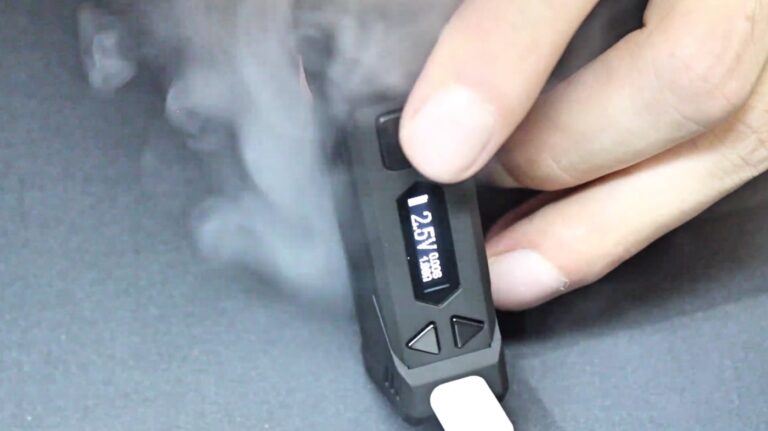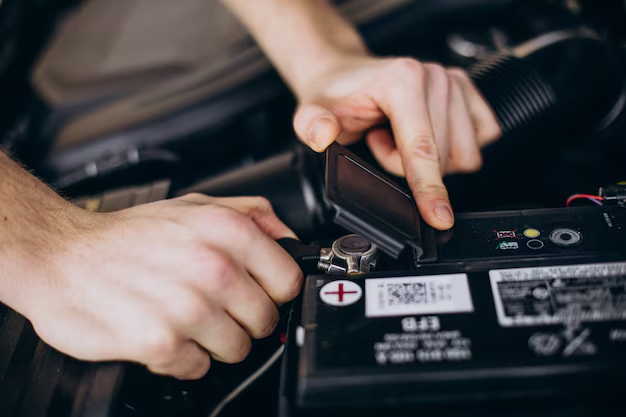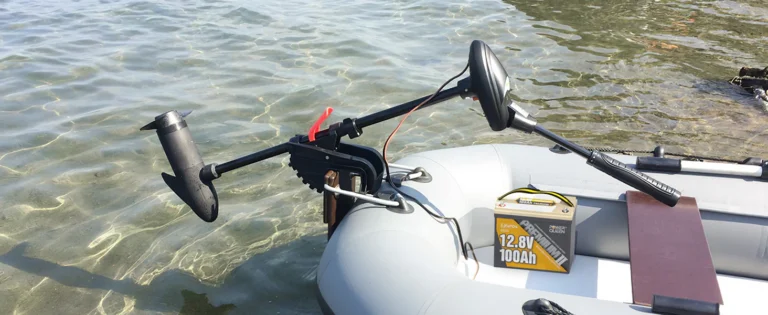How to Charge a Lithium Ion Motorcycle Battery?
Lithium-ion motorcycle batteries are becoming increasingly popular due to their lightweight design, longer lifespan, and superior performance compared to traditional lead-acid batteries. However, charging them requires special care to ensure safety and battery longevity. Using the wrong charger or improper charging methods can lead to damage or even shorten the battery’s lifespan. In this guide, we’ll walk you through the correct way to charge a 12V lithium-ion battery for motorcycles, discuss whether you can use a regular charger, explore the best lithium battery chargers for motorcycles, and address common concerns like jump-starting a lithium motorcycle battery. Whether you own an Antigravity lithium motorcycle battery or another brand, these insights will help you maintain optimal battery performance.
Charging a lithium-ion motorcycle battery requires careful attention to ensure safety and maintain battery longevity. Here’s a comprehensive guide to help you through the process.
Can You Charge a Lithium Motorcycle Battery with a Regular Charger?
It’s crucial to use a charger specifically designed for lithium-ion batteries. Regular chargers intended for lead-acid batteries may not have the appropriate voltage and charging patterns required for lithium batteries, potentially leading to damage or safety hazards.
Choosing the Right Lithium Motorcycle Battery Charger
When selecting a charger, ensure it’s compatible with your battery’s specifications. A suitable lithium battery charger will provide the correct voltage and current, safeguarding against overcharging and overheating. Some chargers offer features like automatic shut-off and maintenance modes, which are beneficial for preserving battery health.
Steps to Charge a 12V Lithium-Ion Battery for Your Motorcycle
- Preparation: Turn off your motorcycle and remove the battery if necessary.
- Connect the Charger:
- Insert the charger’s output plug into the battery’s charging socket.
- Then, plug the charger into a mains outlet.
- Monitor the Charging Process: Observe the charger’s indicator lights to determine the charging status. Once fully charged, disconnect the charger from the mains first, then from the battery.
Pros and Cons of Lithium Motorcycle Batteries
Pros:
- Lightweight: Significantly lighter than lead-acid batteries, enhancing motorcycle performance.
- Low Self-Discharge Rate: Retain charge longer when not in use.
- Longer Lifespan: With proper care, they can outlast traditional batteries.
Cons:
- Higher Cost: Generally more expensive upfront.
- Sensitivity to Charging: Require specific chargers to prevent damage.
- Performance in Cold Weather: May exhibit reduced performance in low temperatures.
Can You Jump-Start a Lithium-Ion Motorcycle Battery?
Jump-starting a lithium-ion battery is possible but should be done with caution. Ensure the voltage of the donor vehicle matches your motorcycle’s system to prevent potential damage. It’s advisable to consult your battery manufacturer’s guidelines before attempting a jump-start.
Best Lithium Battery Chargers for Motorcycles
Investing in a high-quality charger is essential for maintaining your battery’s health. Look for chargers that offer features like automatic shut-off, temperature monitoring, and compatibility with your battery’s specifications. Brands like Antigravity Batteries offer reputable lithium motorcycle battery chargers designed to optimize performance and longevity.
Safety Precautions
- Avoid Overcharging: Disconnect the charger promptly once the battery is fully charged.
- Regular Maintenance: Periodically check your battery for signs of wear or damage.
- Proper Storage: If storing your motorcycle for an extended period, ensure the battery is charged and stored in a cool, dry place.
FAQs
How to Charge a Lithium-Ion Battery for a Motorcycle?
To properly charge a lithium-ion battery for a motorcycle, follow these steps:
- Turn off the motorcycle: Ensure that the motorcycle is powered off before beginning the charging process.
- Connect the charger: Plug the charger’s connector into the battery’s charging port. Make sure it’s secure.
- Plug into power: Connect the charger to a power source. Most chargers will have an LED indicator showing the charging status.
- Monitor the process: Charging time varies, but it’s important to monitor the charger. Some chargers will automatically stop when the battery is fully charged.
- Disconnect once charged: After the battery reaches full charge, unplug the charger from the wall outlet first, then disconnect from the battery. Always avoid overcharging.
Do Lithium-Ion Motorcycle Batteries Need a Special Charger?
Yes, lithium-ion motorcycle batteries require a special charger designed for lithium batteries. Unlike lead-acid batteries, lithium-ion batteries have different charging needs. A regular charger for lead-acid batteries may not have the correct voltage or charging algorithm and could potentially cause the battery to overcharge or overheat, which can lead to damage or even safety hazards. A lithium-specific charger is designed to safely charge lithium-ion batteries, offering features like automatic shut-off and proper voltage regulation.
What is the Proper Way to Charge a Lithium-Ion Battery?
The proper way to charge a lithium-ion battery involves using a compatible charger and following these steps:
- Check the battery voltage: Make sure your charger is compatible with your battery’s voltage (commonly 12V for motorcycles).
- Use the correct charger: Only use a charger designed specifically for lithium-ion batteries.
- Charge in a well-ventilated area: Charge the battery in a cool, dry location to prevent overheating.
- Avoid overcharging: Disconnect the charger once the battery is fully charged. Overcharging can lead to battery degradation and reduced lifespan.
- Store when not in use: If you’re not using the motorcycle for a while, store the battery at about 50% charge to maintain its health.
Do I Need a Special Battery Charger for Lithium Batteries?
Yes, you need a special charger for lithium batteries. Lithium-ion batteries have specific charging requirements that differ from lead-acid batteries. A special lithium battery charger ensures the correct charging voltage, current, and charging pattern to avoid risks like overcharging, overheating, and potential battery damage. Always use a charger recommended by the battery manufacturer to ensure safe and effective charging.
Final Thoughts
Charging your lithium-ion motorcycle battery the right way is crucial for maintaining its performance and longevity. By using a lithium motorcycle battery charger designed specifically for lithium-ion batteries, you ensure your battery stays in top condition and avoid potential damage from incorrect charging methods. While lithium batteries offer impressive benefits like lightweight design, long lifespan, and reliability, they do require a bit more care compared to traditional lead-acid batteries. Always follow the manufacturer’s recommendations for charging, and keep an eye on the battery’s health by avoiding overcharging and using the appropriate charger. With the right approach, your lithium-ion battery will serve you well, powering your motorcycle for countless rides to come.




